Inside London's abandoned Underground stations
Stopped in their tracks
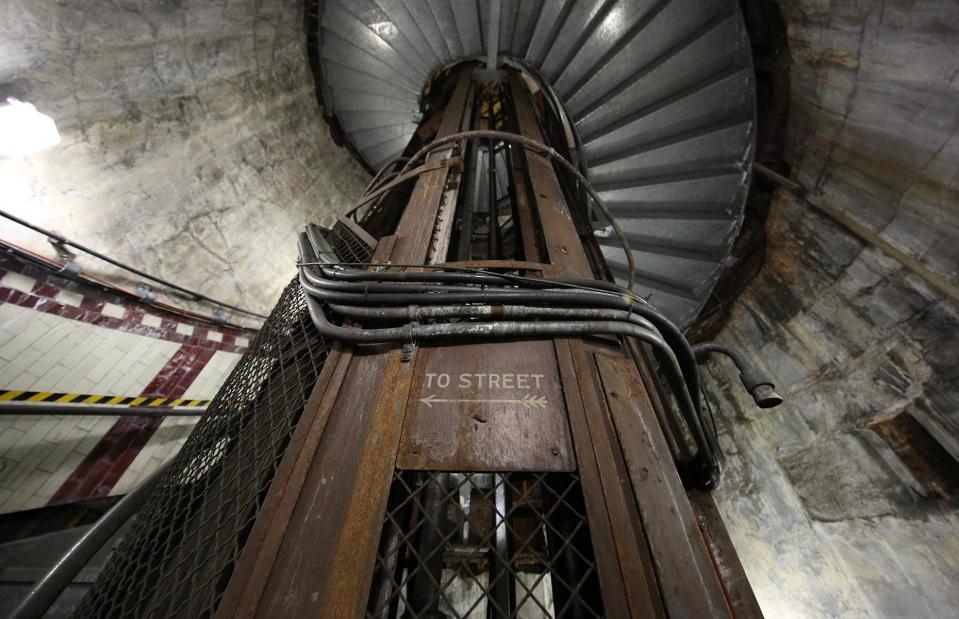
Peter Macdiarmid/Getty Images
Hidden deep beneath the city streets, these abandoned, disused and forgotten underground stations are a fascinating window to the past. Some have been transformed into museums or used as film sets, while others slowly slip into oblivion.
Aldwych, London, UK
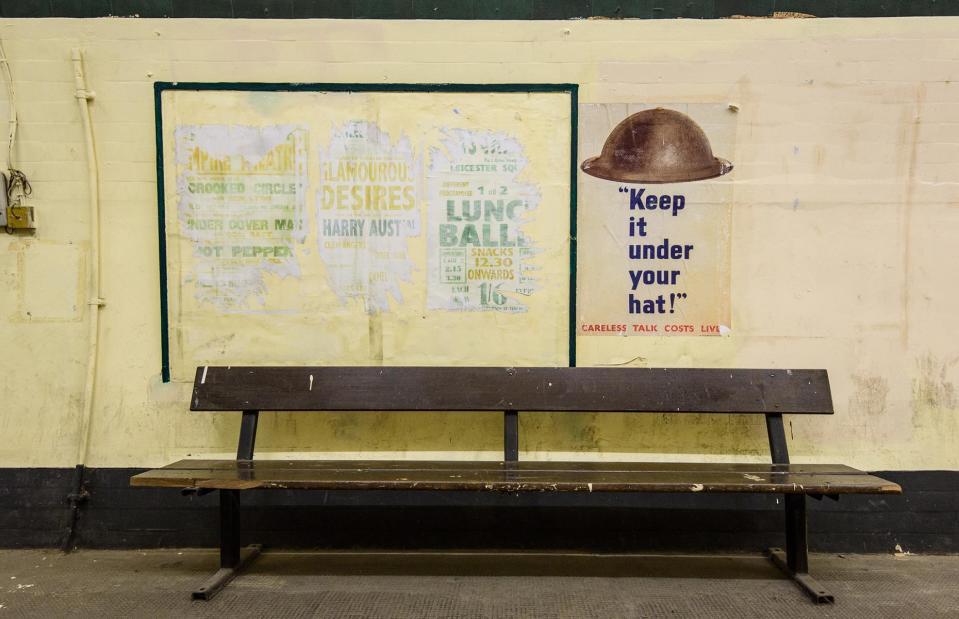
Andrew Stawarz/Flickr/CC BY-ND 2.0
One of London’s most famous ghost stations, Aldwych tube station was part of a spur on the Piccadilly line and closed in 1994. The crimson-tiled entrance is still visible from the Strand and, below street level, the original lobby, wooden-panelled lifts and vintage posters are preserved.
Aldwych, London, UK
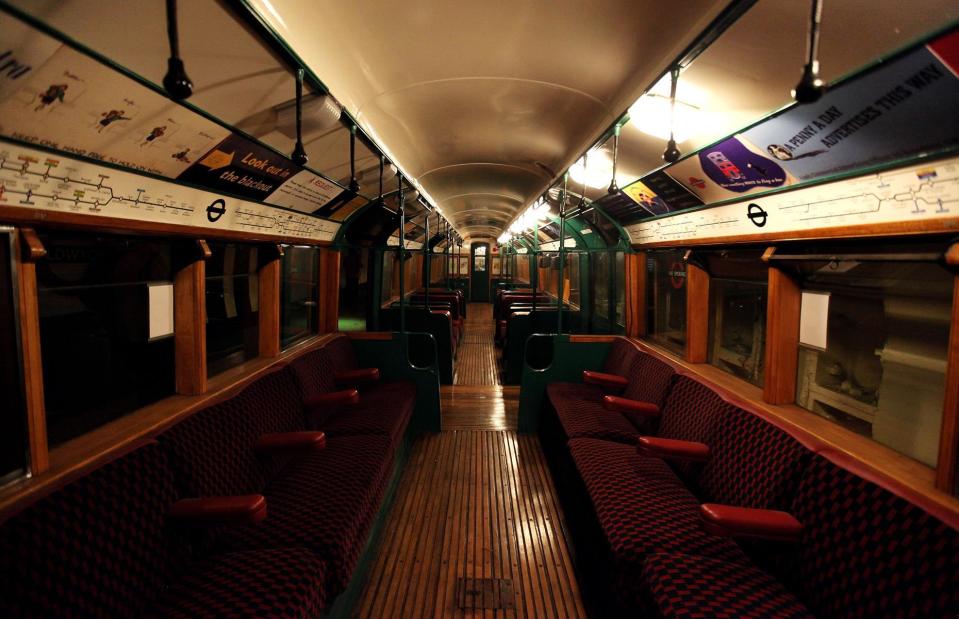
Oli Scarff/Getty Images
So why was it closed? When today's Piccadilly Line (then known as the Great Northern, Piccadilly and Brompton Railway) was formed out of a merger of two different tube lines, Aldwych became just an isolated offshoot of the new line. Footfall declined, and it no longer made financial sense to keep it open, so Aldwych shut for good in 1994.
Aldwych, London, UK
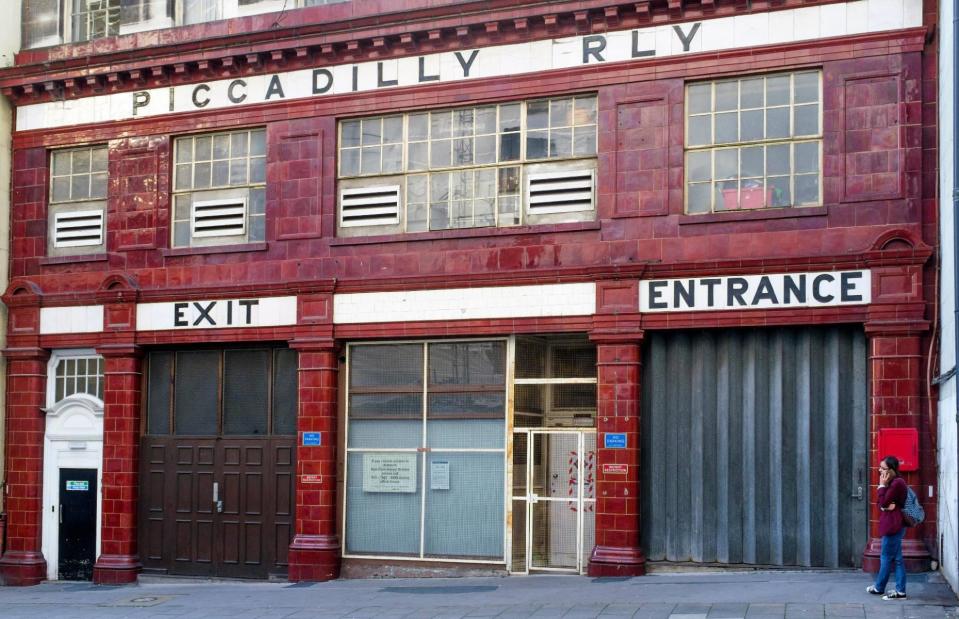
Mark Phillips/Alamy Stock Photo
The station is a popular filming location, appearing in movies like V for Vendetta, 28 Weeks Later and Darkest Hour.
Disused tunnels at Euston, London, UK
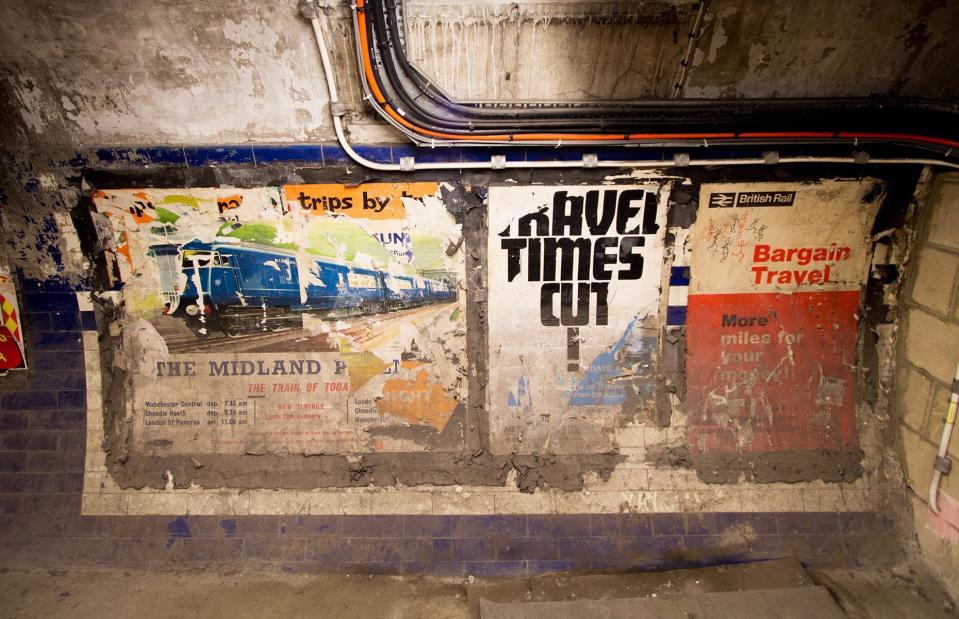
Sheep"R"Us/Flickr/CC BY-NC-ND 2.0
Although Euston is one of London’s busiest stations – linking several tube, overground and rail lines – there’s a whole system of disused tunnels hiding underground that not many people know about.
Disused tunnels at Euston, London, UK
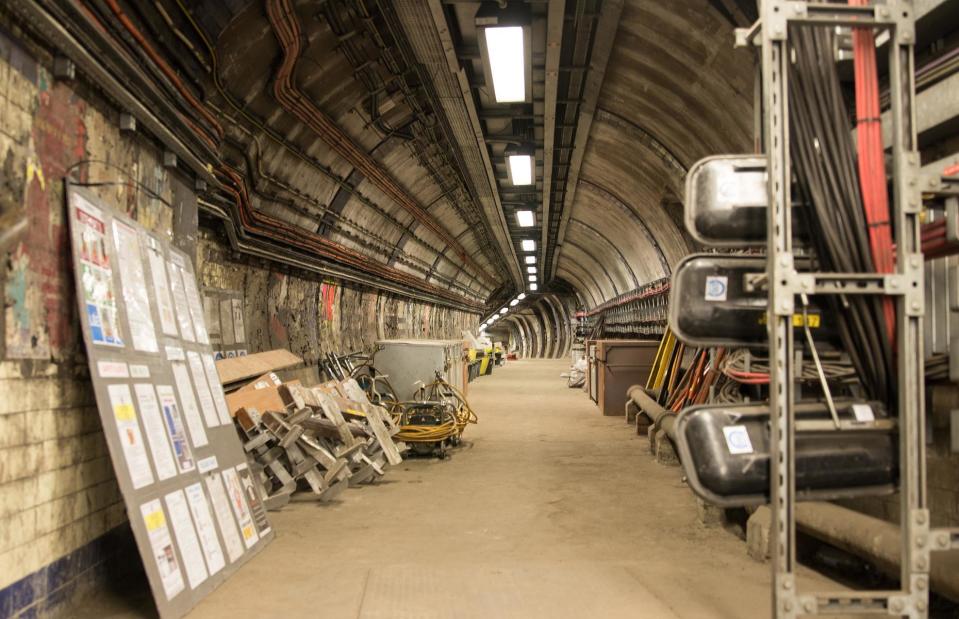
Sheep"R"Us/Flickr/CC BY-NC-ND 2.0
When the mainline station was rebuilt in the 1960s, along with the then-new Victoria line, the old connecting passageways, some of the tunnels and ticket hall became redundant. The London Transport Museum runs regular tours.
Down Street, London, UK
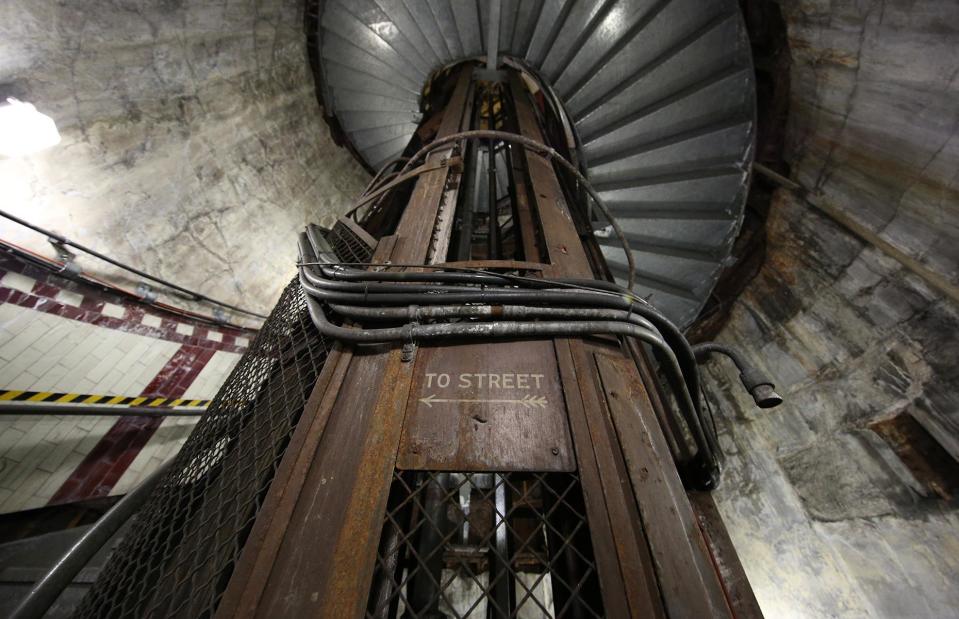
Peter Macdiarmid/Getty Images
This central London station, located on the Piccadilly line, was only in operation for 25 years. Located in Mayfair, between Dover Street (now called Green Park) and Hyde Park Corner, it was little-used and trains often passed through without stopping.
Down Street, London, UK
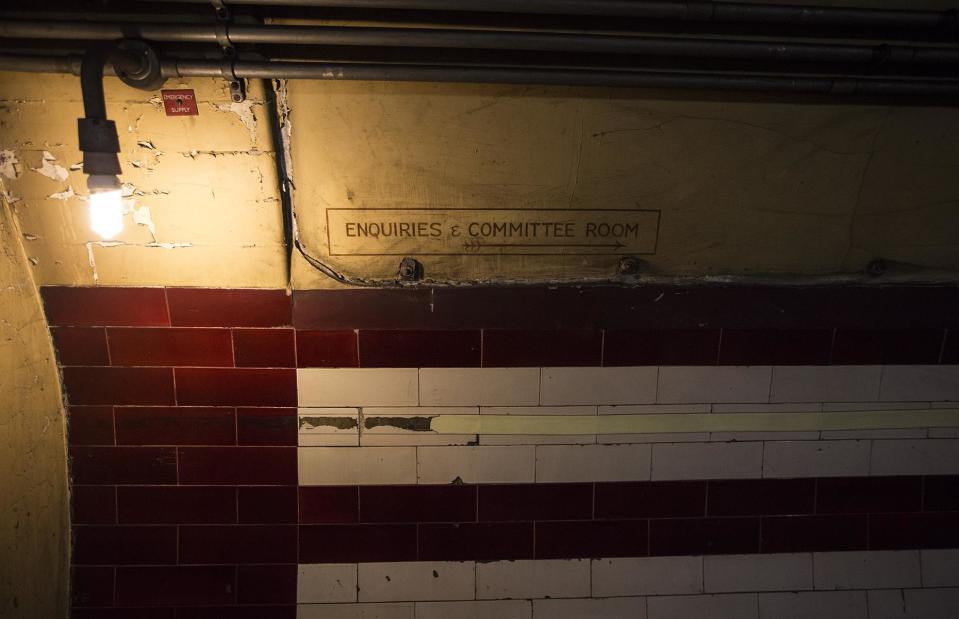
Dan Kitwood/Getty Images
During the Second World War, it was transformed into the Railway Executive Committee's bomb-proof shelter, and Prime Minister Winston Churchill and his War Cabinet used it as a shelter during the height of the Blitz.
Down Street, London, UK
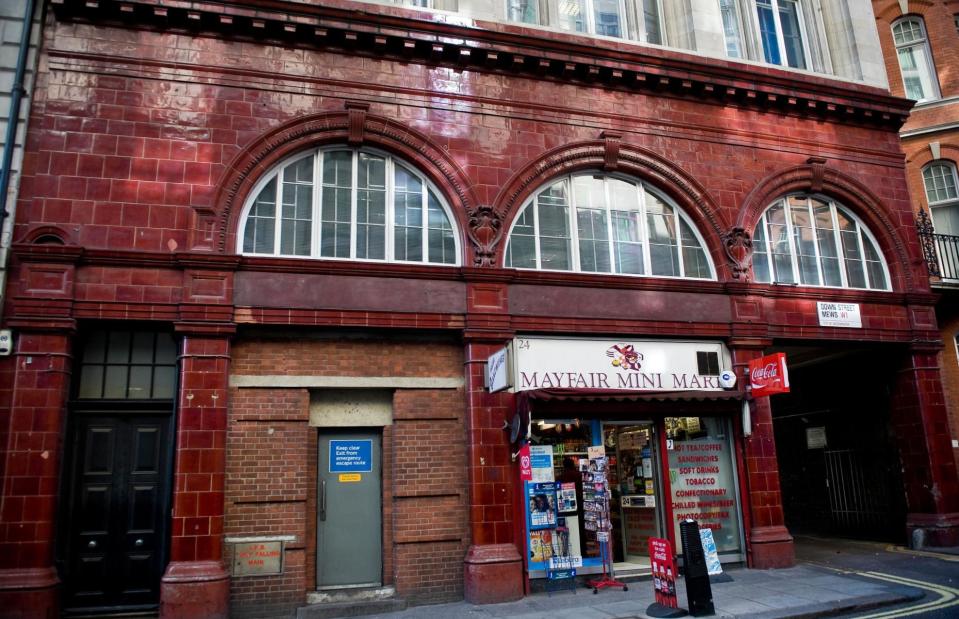
Steve Speller/Alamy Stock Photo
Part of Down Street's red terracotta tile façade is still visible from street level. In 2015, Transport for London invited submissions for new uses for the space, although nothing has been confirmed yet.
Mail Rail, London, UK
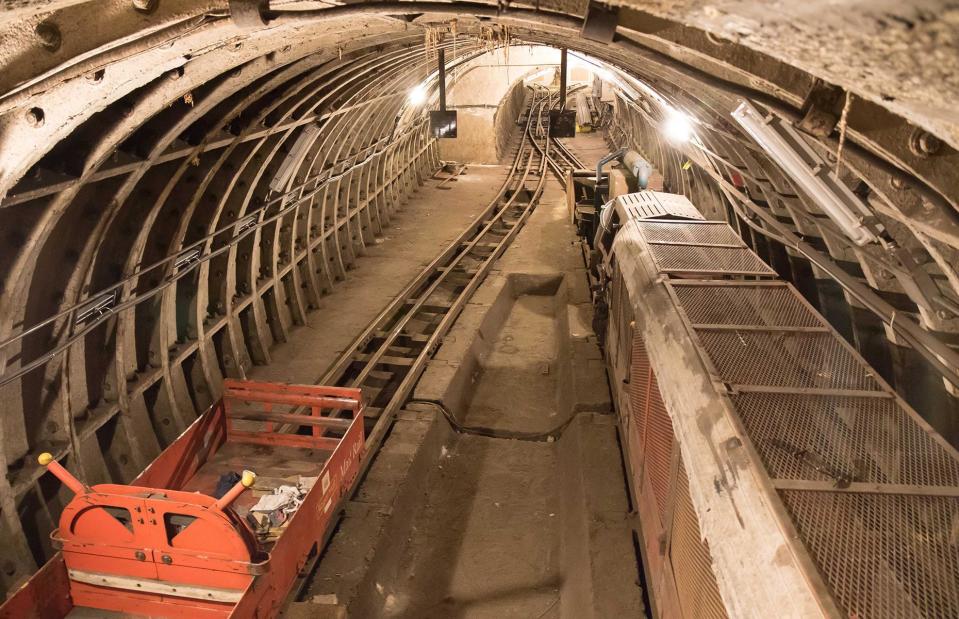
Ian/Flickr/CC BY-NC 2.0
Unknown to most commuters using the London Underground system, there’s a line running between Paddington Station and Whitechapel, but it’s not meant for people. The Post Office Railway, also known as Mail Rail, helped mail travel between the two sorting offices from 1927 to 2003. A museum opened in 2017, allowing visitors to ride the Mail Rail carriages through the narrow tunnels.
Now check out the boneyards where planes, trains and automobiles go to die

